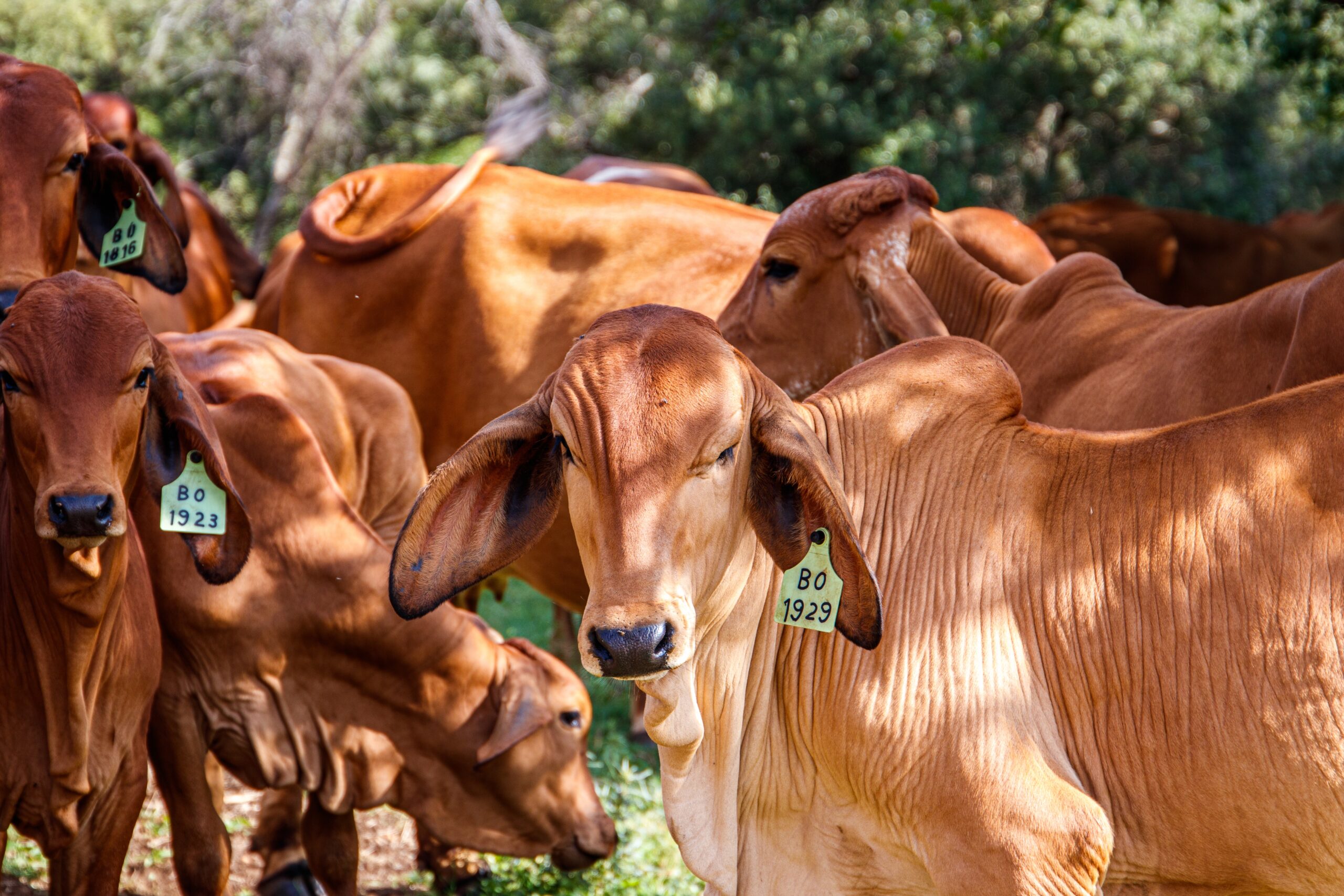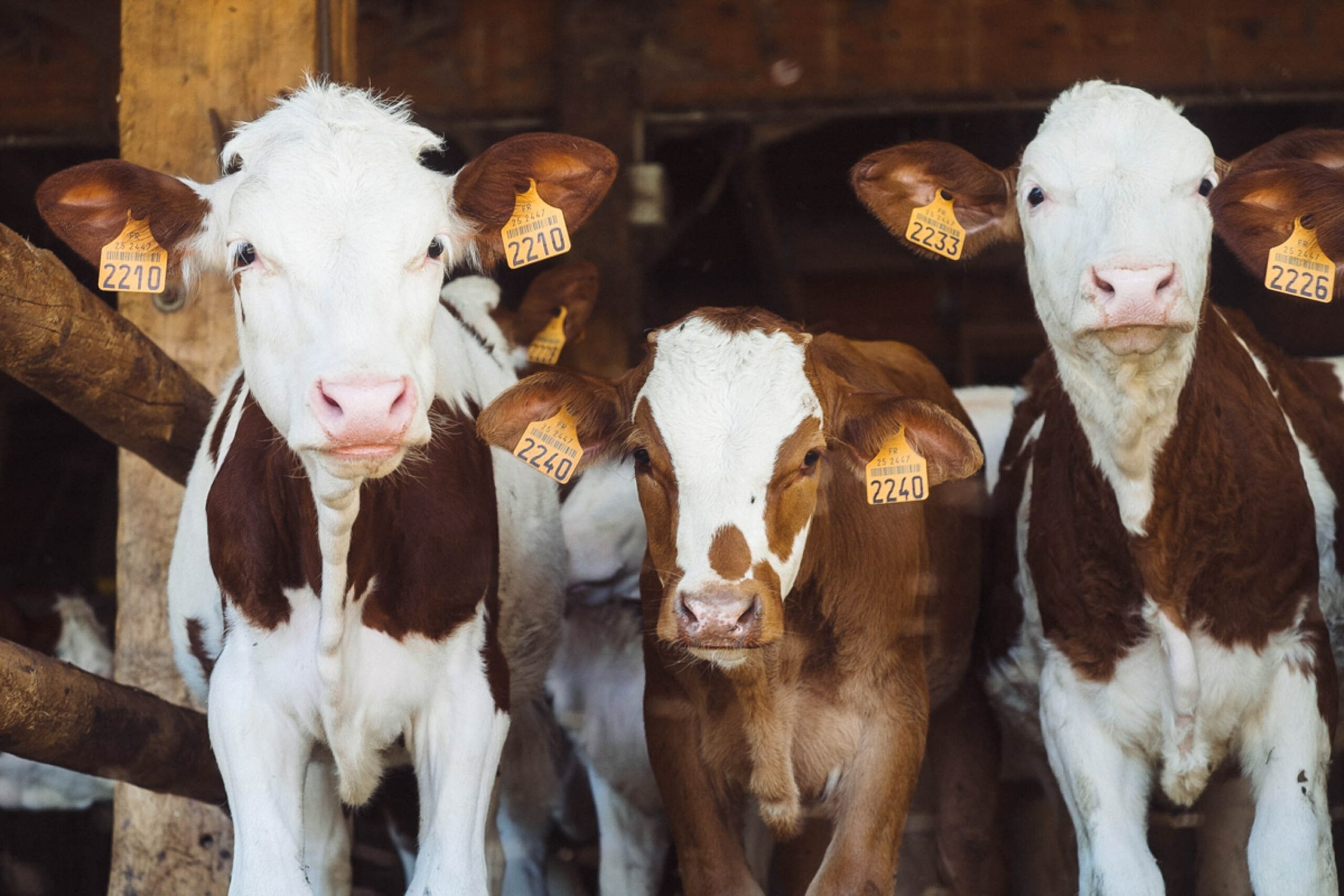Key points
- Reducing methane emissions is critical to meet the Paris Agreement target of limiting warming to 1.5° C
- Climate metrics, such as GWP100 and GWP*, were developed to allow policymakers to compare the global warming impacts of different gases
- However, evidence shows, high-emitting countries and the livestock industry may be using GWP* to avoid real action on methane
- If the historical greenhouse gas contributions of high emitters are not factored into GWP* calculations, it can falsely show progress towards climate goals. It also has equity and fairness implications for historically low-emitting countries if it is used to formulate emissions reduction policies
- While GWP* is scientifically relevant, it has the potential to be misused by industry. Policy makers need to be aware of this.
Greenhouse gases differ in their warming effect and in the amount of time they spend in the atmosphere. GWP* is a relatively new metric, designed in part to account for these differences, thereby reflecting some temperature impacts more closely than other metrics. However, it appears that industries and nations with high levels of methane emissions from livestock may be using the metric to avoid their climate change responsibilities.
To stay within 1.5° C degrees of planetary warming, reducing livestock emissions is key. But the only way to do so at scale is to raise fewer animals. GWP* is being used by those with a commercial and political interest in keeping livestock numbers high to mask this fundamental fact.
Because methane is a flow gas (gases that are short-lived and break down in the atmosphere relatively fast), if the rate of emissions is constant, each methane molecule is destroyed at the same rate as a new molecule is emitted. This has led some scientists to suggest that if cattle herds stay constant, then the methane emissions from these herds will not be creating any additional warming in the atmosphere. Some major methane emitters have jumped on this, and through the use of GWP*, are justifying not making meaningful changes to industries and instead continuing with business as usual.
For each methane emission to replace a previous methane emission in GWP* calculations, a baseline level of methane in the atmosphere needs to be agreed upon. But unless this baseline is set at a time before industrial agriculture, the warming caused by historical agricultural emissions will not be factored in.
High emitters using GWP* can set the baseline to a post-industrial agriculture time, the consequences of which are two fold: first, it may exaggerate progress towards climate goals or even falsely demonstrate ‘relative cooling’ in the atmosphere. Second, developing countries with historically low emissions – and therefore low cumulative contributions to warming – will be unfairly penalised for their present-day emissions.
Although GWP* is scientifically sound, it is profoundly politically problematic when not applied appropriately and equitably. Here we set out the urgent issues with methane, what GWP metrics are, the political issues behind GWP*, and examples of who is lobbying for its use.
Methane matters…
Today, global atmospheric methane concentrations are roughly two-and-a-half times pre-industrial levels, and they are increasing faster now than at any time since the 1980s. According to UNEP’s Global Methane Assessment “The Paris Agreement’s 1.5° C target cannot be achieved at a reasonable cost without reducing methane emissions by 40–45 per cent by 2030.”
Agriculture is responsible for around 40% of all anthropogenic methane emissions, with the majority coming from livestock and cattle in particular. These emissions have increased dramatically in the past decades, a trend that’s predicted to continue as herds increase in size to meet projected demand.
…and metrics matter too
A GWP – Global Warming Potential – metric is a way to convert different gases into a value that reflects how potent they are relative to carbon dioxide over a set time, usually 20 or 100 years. This is called the carbon dioxide equivalent (CO₂e) value. These metrics allow for the impact of greenhouse gases to be explained in relation to CO₂, and the impact of actions to be assessed accordingly.
The time horizon of the GWP metric affects how potent a gas is said to be. For example, methane is approximately 86 times stronger than CO₂ over a 20 year period (GWP20), and 28-34 times stronger than CO₂ over 100 years (GWP100). This is because methane has a far greater warming impact than CO₂ when it is first emitted but breaks down after only 12 years. In contrast, CO₂ accumulates in the atmosphere for hundreds of years.
Methane and other flow gases degrade relatively quickly, and so new emissions can be thought of as ‘replacing’ the previous methane that has degraded. CO₂ is described as a ‘stock gas’ because it lasts much longer in the atmosphere and therefore new CO₂ emissions accumulate on top of old ones, increasing warming as the ‘stock’ of CO₂ in the atmosphere increases.
It is argued that the ‘exchange rate’ of conventional GWP metrics doesn’t fairly reflect the changing impact of ‘short lived’ gases such as methane. In the pursuit of comparability, conventional GWPs can erase the difference between long and short lived pollutants, meaning two scenarios with equal CO2e (via GWP) can show different temperature outcomes, depending on the mix of gases.
In response, GWP* attempts to take into account historical levels of greenhouse gases and the interplay of new and degrading emissions. In doing so, it looks not at whether a fixed emission of methane is ‘equivalent’ to a fixed emission of CO2 (as other GWP metrics do), but whether sustained emissions of short-lived gases (like methane) are equivalent to a one-off emission of CO2 in terms of warming impact. This is why GWP* describes gases in terms of warming equivalence.
Baselines, equity and fairness
This shift in focus to warming equivalence has led to GWP* being criticised for having the potential to exacerbate existing global inequality, especially when applied to livestock policy.
A risk is that countries and companies with large livestock industries could use GWP* to set a national baseline year to a time when the herds were already established. When the warming impact of new emissions is considered against a high baseline, keeping emissions stable or decreasing them slightly could be described as contributing no additional warming, no warming at all, or even (misleadingly) actually cooling the atmosphere.
In contrast, a country with low historical emissions and low current rates of short-lived GHGs emissions (like methane) will have a low baseline using GWP*. It could then be penalised for increasing emissions, even if they are from farming livestock for basic development needs.
These examples illustrate how baselines set at a national rather than a global level could reward historically polluting countries for their past GHG emissions, as well as penalise countries with historically low levels of emissions for any increases. This is why it has been said that GWP* is only appropriate to use at a global level.
Not so cool?
There is also a risk that GWP* could be used in creative accounting that would actually slow progress towards achieving climate goals. Like in the high baseline scenario described above, certain reductions in methane emissions could be described as having a cooling effect when actually these emissions are only causing less warming because they have been measured from a high baseline level.
For several countries, including with per-capita methane emissions well above the global average like the USA, Ireland and Australia, expressing current methane emissions with GWP* results in a perceived negative contribution to warming. There is also a risk this could be accounted for (i.e. used to offset) other emissions including long-lived gases such as CO₂.
To achieve fairness when setting and measuring climate targets, each ton of greenhouse gas, of any kind, in any country, needs to be accounted for in the same way. Alternatively, a full scientifically robust translation between country or company approaches should be readily available and agreed upon as part of the market mechanism before use.
Corporate backing
A central plank of the livestock industry’s attempts to address its emissions problem is GWP*, with sector representatives urging policymakers to incorporate GWP* into policy and climate processes relating to livestock.
The chief executive of leading lobby group the National Cattlemen’s Beef Association (NCBA) said GWP* “is the methodology we need to make sure everybody is utilising in order to tell the true story of methane … We’re working with our partners around the globe to ensure that everybody is working towards adoption of GWP*.” A group of 16 agricultural organisations from across the UK and New Zealand have called for the IPCC to consider GWP* for measuring non-CO2 greenhouse gas emissions.
A report by trade group The Global Dairy Platform described the ramifications of GWP* as “profound”, stating that under GWP*, slight decreases in emissions “may have already caused a relative cooling effect in the regions where ruminant populations have declined and/or productive efficiency is increased.”
Even countries which have made significant concessions to the livestock sector in climate plans, such as New Zealand, continue to face pressure from industry groups to adopt GWP*.
The industry has pushed for GWP* to be used in government policy and international standards. The fact that it can be used to claim positive contributions to climate efforts while maintaining business as usual means it could function as a tool for corporate greenwashing. Scrutiny needs to be applied to any organisation or country claiming to be net zero, especially using GWP*, otherwise manipulative approaches, false starting measurements, and narrow parameters will only benefit the status quo.
The right tool for the job?
Global methane emissions need to decrease – how and where that happens is principally an issue of equity and fairness, not physics. This is especially true in the case of livestock, where the issue is around who should be allowed to raise livestock and who should cut back.
The wide adoption of the GWP* metric has the potential to favour rich countries with major historic and current methane emissions. This would counter attempts to create equitable climate policies that not only address the climate crisis, but do so in a fair and just manner.
With no proven technology able to reduce livestock emissions significantly and a projected increase in herd numbers, resolving the issue of livestock methane involves serious choices for policy makers. At the same time, powerful groups representing the livestock sector are employing strategies to delay, deflect or halt climate legislation, including by promoting the use of GWP*.
Ultimately, GWP*, like all GWP metrics, is a tool for policy makers. It is imperative that policy makers understand the implications of the metrics they choose and the values embedded within them.



